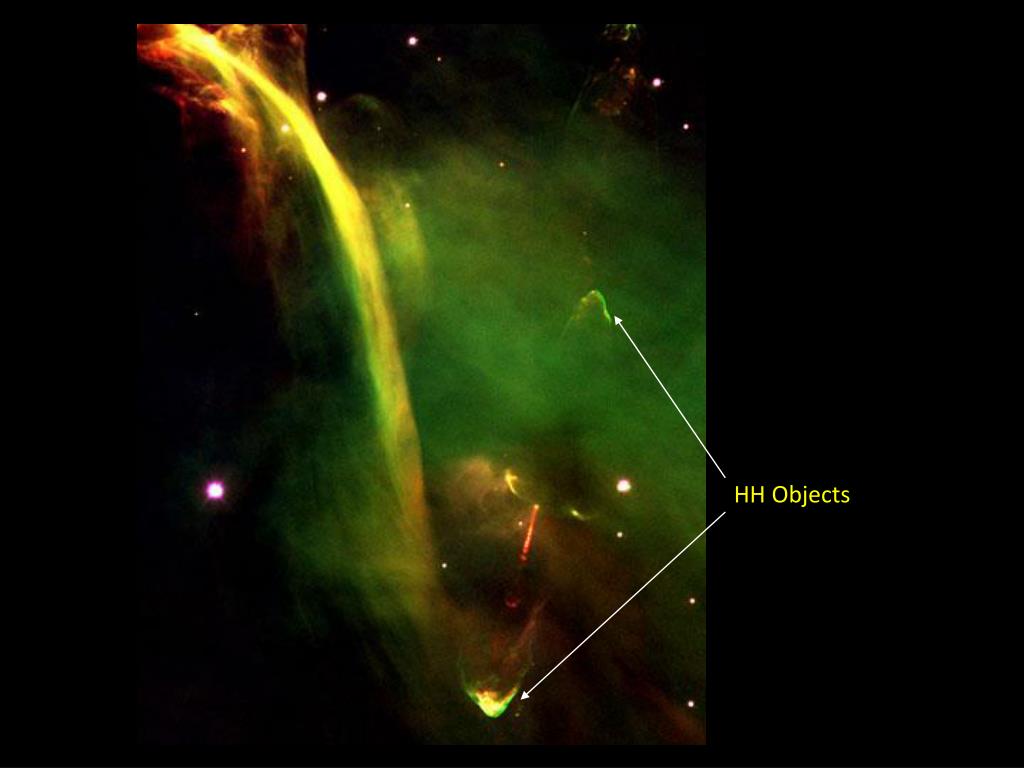

They are supported against further collapse by neutron degeneracy pressure, a phenomenon described by the Pauli Exclusion Principle. In general neutron stars are composed of neutrons only, with very small percentage of electrons and protons. The supernova explosions of the massive star combined with gravitational collapse that compresses the core past the white dwarf star density, leads to a density that exists in the atomic nuclei or even higher. They are as close as you can get to the black hole without themselves actually being black holes. The radius of the neutron star could be of the order of 10 km, or a little more. Neutron stars are the smallest and most dense stars known so far. Proceeding inwards, we can encounter nuclei with ever-increasing number of neutrons but such nuclei will decay easily on earth, but are kept stable in neutron stars due to tremendous pressures. Such heavy elements compose the crust of the neutron star. It will, however, be impossible to recover such precious metals from the neutron stars. Each merger can produce up to ten times the earth’s mass of precious metals like gold, platinum and many of the rare elements. The heaviest elements in the periodic table whose origin was not known until today are made in mergers of neutron stars.

This work revealed that some of the observed light was the radioactive glow of heavy elements such as gold, platinum and uranium which were produced when two neutron stars collided. For the first time ever, the scientists spotted both gravitational waves and light coming from the same cosmic event that led to cataclysmic merger of two superdense stellar corpses known as neutron stars.


 0 kommentar(er)
0 kommentar(er)
